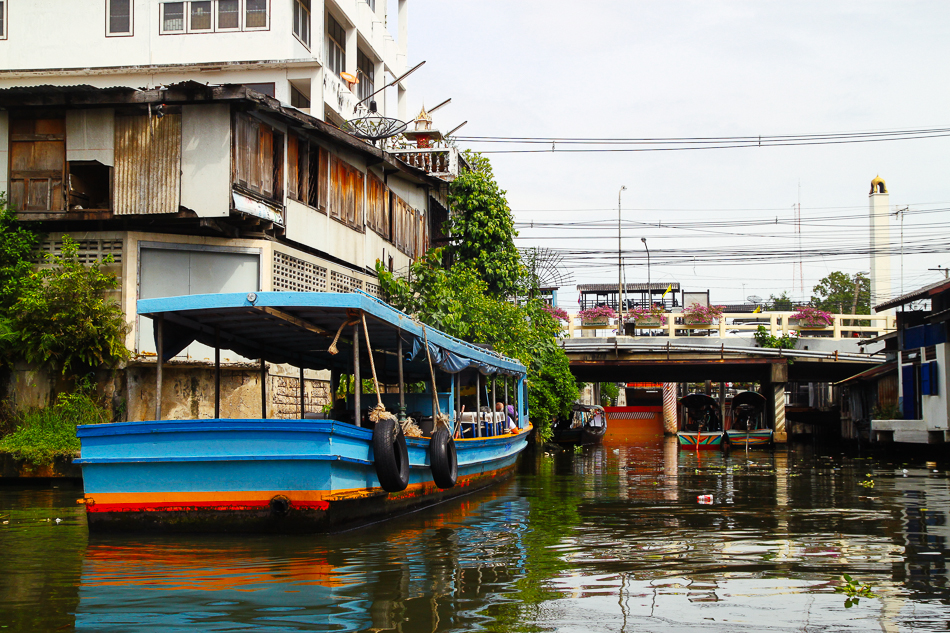Ever wondered where you can find a touch of Venice in the heart of the East? Well, look no further than Bangkok, the capital city of Thailand, with its intriguing network of canals that have earned it the nickname “Venice of the East”. These canals have played a significant role in the city’s history and continue to be an important part of its culture and daily life. In this article, you’ll discover the fascinating story behind Bangkok’s canals and learn why they are a must-visit destination for any traveler.
Bangkok’s canals, also known as khlongs, were originally created as a means of transportation and irrigation. They served as important trade routes, connecting various parts of the city and allowing goods to be transported easily. However, as the city grew and modern transportation systems were developed, many of the canals were filled in or paved over, making way for roads and buildings.
Despite this, a significant network of canals still exists, offering visitors a unique glimpse into Bangkok’s history and traditional way of life. These canals are now mainly used for tourism purposes, allowing visitors to explore the city’s hidden corners, vibrant markets, and traditional wooden houses that line the waterways. In the next paragraphs, we’ll delve deeper into the specific canals you should explore in Bangkok and the experiences that await you there. So buckle up and get ready to embark on a journey through Bangkok’s intriguing canals!
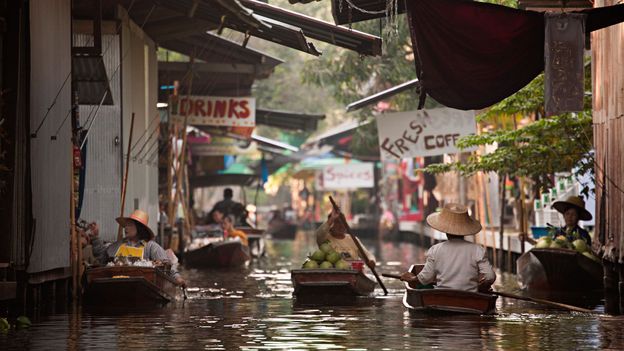
Introduction
Welcome to the fascinating world of Bangkok’s canals, also known as the “Venice of the East.” In this article, we will delve into the history, architecture, local life and culture, preservation efforts, natural aspects, culinary delights, and art surrounding the intricate network of canals that were once the lifeblood of this vibrant city.
History of Bangkok’s Canals
Origins of the Canals
Bangkok’s canals, also called “khlongs,” have a rich history dating back several centuries. The city was originally established on the banks of the Chao Phraya River, and the construction of the canals was part of a comprehensive water transportation system designed to facilitate trade and travel.
Purpose of the Canals in the Past
These canals served as vital arteries for transportation, connecting various parts of the city and enabling the smooth movement of people and goods. The network of canals acted as an essential means of transportation for the locals, providing an alternative to the congested land routes.
Significance of the Canals in Bangkok’s Development
Bangkok’s canals played a pivotal role in the city’s development, contributing to its economic growth and cultural exchange. The canals facilitated trade and commerce, allowing goods to be transported efficiently. They also shaped the city’s urban fabric, influencing the layout and design of the surrounding communities.
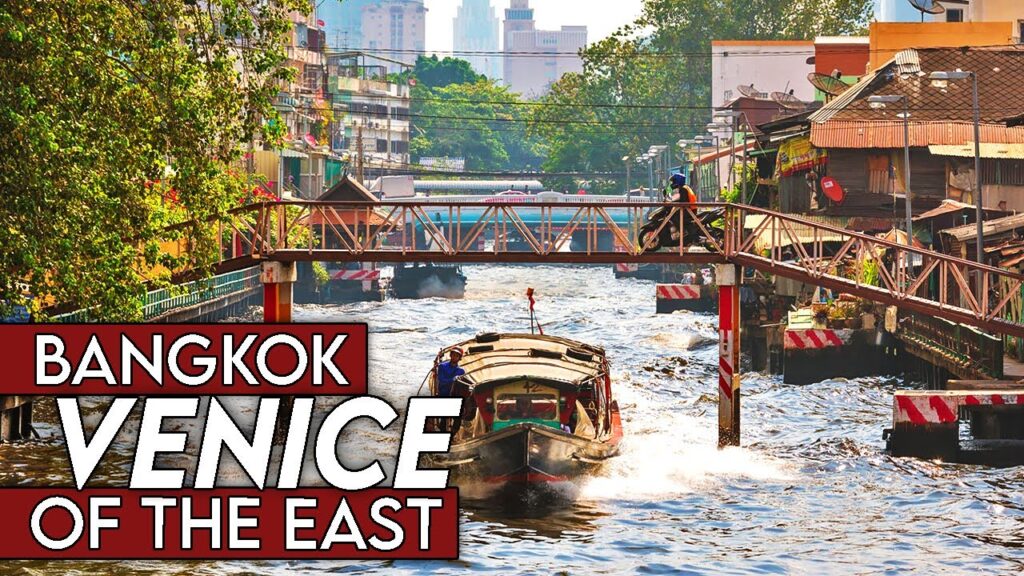
Exploring Bangkok’s Canals
Popular Canals to Visit
When exploring Bangkok’s canals, there are a few must-visit ones that offer a unique glimpse into the city’s vibrant past. The Khlong Bang Luang, known for its traditional wooden houses and charming art galleries, is a favorite among locals and tourists alike. The Khlong Lat Mayom is famous for its floating market, where you can immerse yourself in the colorful hustle and bustle of Thai culture.
Highlights of Canal Tours
Embarking on a canal tour is an excellent way to experience Bangkok from a different perspective. As you float along the tranquil waters, you’ll pass by charming communities, ancient temples, and lush greenery. Whether you choose a guided tour or opt for a long-tailed boat rental, you’ll witness the city’s vibrant history come to life.
Unique Experiences Along the Canals
Exploring Bangkok’s canals opens up a world of unique experiences. From witnessing the exquisite craftsmanship of traditional boat builders to taking part in a traditional Thai cooking class in a local’s home, the canals offer a chance to immerse yourself in the authentic local life that thrives along these waterways.
Architecture and Landmarks
Traditional Thai Houses Along the Canals
The canals of Bangkok are lined with beautiful traditional Thai houses, showcasing the unique architectural style that has evolved over centuries. These charming wooden structures with their intricate detailing and elegantly sloping roofs are a testament to the rich cultural heritage of the Thai people. Many of these houses have been converted into boutique hotels, restaurants, or art galleries, allowing visitors to experience the charm of traditional Thai living.
Temples and Shrines
Thai temples, or “wats,” are an integral part of the city’s cultural landscape. Along the canals, you’ll find numerous temples and shrines, each with its own fascinating historical and architectural significance. From the majestic Wat Arun, with its iconic pagoda, to the serene Wat Sai Floating Market, where locals come to pay their respects, these temples offer a glimpse into the spiritual heart of Bangkok.
Famous Landmarks Connected by the Canals
The canals of Bangkok not only provide a means of transportation but also create a unique way to explore the city’s famous landmarks. The Grand Palace, a stunning example of Thai architecture, can be reached by boat from the Chao Phraya River. The Temple of the Reclining Buddha, Wat Pho, is also easily accessible by canal, providing an enchanting journey to this revered site.
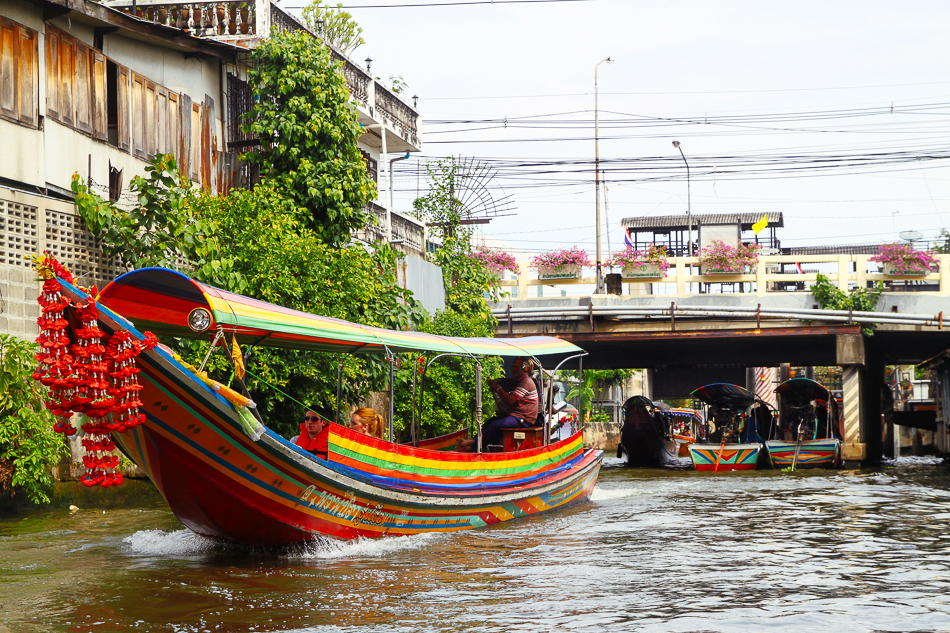
Local Life and Culture
Daily Activities of Local Communities by the Canals
The canals are teeming with the vibrant daily life of the local communities. Along the waterways, you’ll witness locals going about their daily activities – fishing, selling fresh produce, or going to the local market. This glimpse into everyday life allows you to connect with the authentic culture of Bangkok and experience the warm hospitality of the locals.
Traditional Boat Transportation
In Bangkok, traditional boats, such as long-tailed boats and water taxis, are still widely used for transportation along the canals. These boats offer a unique way to navigate the city, allowing you to escape the hustle and bustle of the streets and enjoy the serene beauty of the canals. Taking a ride on one of these traditional boats is a must-do experience when exploring Bangkok’s canals.
Water Markets and Floating Vendors
The canals of Bangkok are home to bustling water markets, where you can immerse yourself in the vibrant local culture. Here, you’ll find an array of fresh produce, local delicacies, and handicrafts, all sold from boats floating along the canals. These markets offer a tantalizing feast for the senses, with the aroma of exotic spices, the lively chatter of the vendors, and the colorful displays of fresh fruits and vegetables.
Preservation and Restoration Efforts
Challenges in Preserving the Canals
Over the years, Bangkok’s canals faced significant challenges, including pollution, encroachment, and neglect. Rapid urbanization resulted in the filling of many canals to make way for roads and buildings. These challenges have led to a decline in the overall health of the canals, threatening the rich heritage they represent.
Government Initiatives for Restoration
Recognizing the importance of preserving this invaluable cultural heritage, the Thai government has undertaken various initiatives for the restoration and conservation of the canals. Efforts to clean the waterways, remove encroachments, and promote sustainable tourism have been instrumental in reviving the historical significance of the canals.
Community Involvement in Canal Preservation
In addition to government efforts, local communities have also played a crucial role in the preservation of Bangkok’s canals. Community-led initiatives, including educational programs, canal clean-up activities, and the promotion of traditional crafts, have not only helped in preserving the canals but also empowered local residents to take ownership of their heritage.
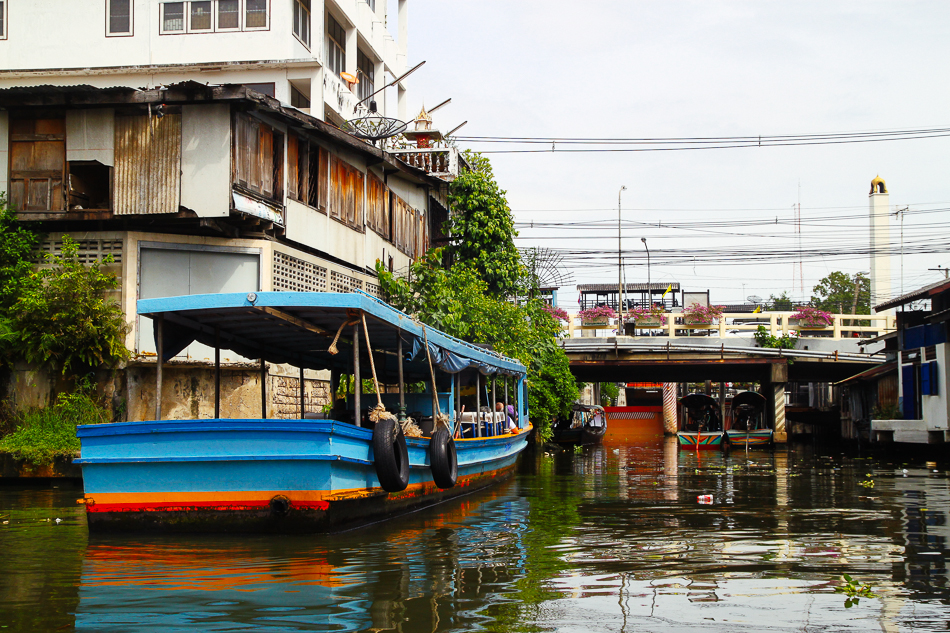
Natural and Ecological Aspects
Flora and Fauna Along the Canals
The canals of Bangkok are not just repositories of history and culture; they also provide a habitat for a diverse range of flora and fauna. As you navigate the waterways, you’ll encounter lush greenery, including mangroves, coconut trees, and lotus ponds. The canals are also home to various bird species, reptiles, and aquatic life, creating a thriving ecosystem in the heart of the city.
Conservation of Canal Ecosystems
Preservation and conservation efforts are not limited to the historical and cultural aspects of the canals. Conservation programs have been implemented to protect the fragile ecosystem that exists within and around the canals. These initiatives aim to maintain the delicate balance between urban development and preserving the natural environment.
Importance of Canals for Water Management
Bangkok’s canal system is not only a cultural treasure but also plays a critical role in the city’s water management. The canals help prevent flooding by diverting excess water during heavy rainfall, acting as a natural drainage system. The intricate network of canals serves as a testament to the city’s ingenuity in managing water resources, ensuring the continued development of Bangkok.
Culinary Delights by the Canals
Famous Canal-Side Restaurants
The canals of Bangkok are not only a feast for the eyes but also a delight for the taste buds. Along the waterways, you’ll find a plethora of canal-side restaurants offering delicious Thai cuisine. From freshly caught seafood to spicy curry dishes, these restaurants provide a unique dining experience with a stunning backdrop of the canals.
Traditional Thai Street Food
No exploration of Bangkok’s canals would be complete without indulging in the city’s famous street food. From the iconic Pad Thai to delectable mango sticky rice, the streets along the canals are lined with food stalls offering a wide variety of mouth-watering treats. Sampling these authentic flavors is a must for any food lover.
Food Festivals and Events
Throughout the year, Bangkok hosts various food festivals and events celebrating its culinary heritage. Some of these events are held along the canals, providing an opportunity to taste a diverse range of Thai dishes. These festivals showcase the rich culinary traditions of Bangkok, bringing locals and tourists together to enjoy the vibrant flavors and lively atmosphere.
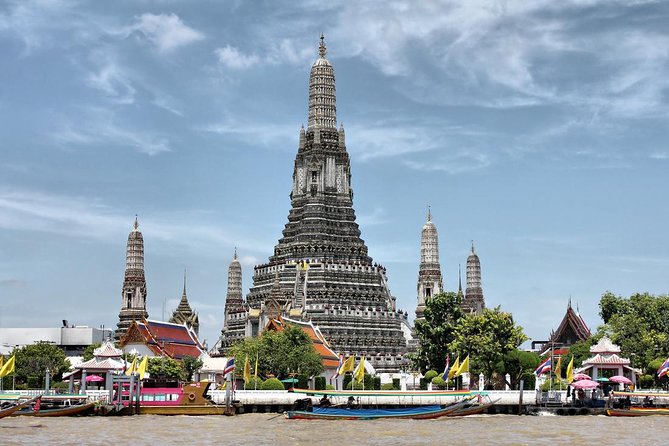
Art, Craft, and Souvenirs
Art Galleries and Workshops Near the Canals
The canals of Bangkok have long been a source of inspiration for artists and craftsmen. Along the waterways, you’ll find numerous art galleries and workshops where you can witness artists at work. From traditional Thai painting to contemporary sculptures, these artistic creations reflect the beauty and charm of the canal culture.
Traditional Crafts and Souvenirs
Exploring the canals offers an opportunity to discover traditional Thai crafts and purchase unique souvenirs. From hand-woven textiles to intricate wood carvings, the canals are a treasure trove of traditional craftsmanship. Purchasing these one-of-a-kind souvenirs not only allows you to take a piece of Thailand’s rich heritage home but also supports the local artisans who keep these traditions alive.
Shopping for Unique Canal-Inspired Items
In addition to traditional crafts, you’ll find a variety of canal-inspired items available for purchase. From paintings depicting the canals’ beauty to intricate models of traditional boats, these unique items serve as a reminder of your canal exploration. Exploring the local markets and boutiques is a delightful way to find these distinct souvenirs.
Conclusion
As you can see, Bangkok’s canals offer a captivating journey through the city’s vibrant history, rich culture, and stunning natural beauty. Exploring the canals allows you to immerse yourself in the local way of life, indulge in delicious cuisine, and discover hidden artistic treasures. The preservation efforts and community involvement ensure that the canals continue to weave their fascinating tales, making them a must-visit destination for anyone seeking an unforgettable experience in the “Venice of the East.” So hop on a boat and set sail on a journey to explore Bangkok’s intriguing canals!
